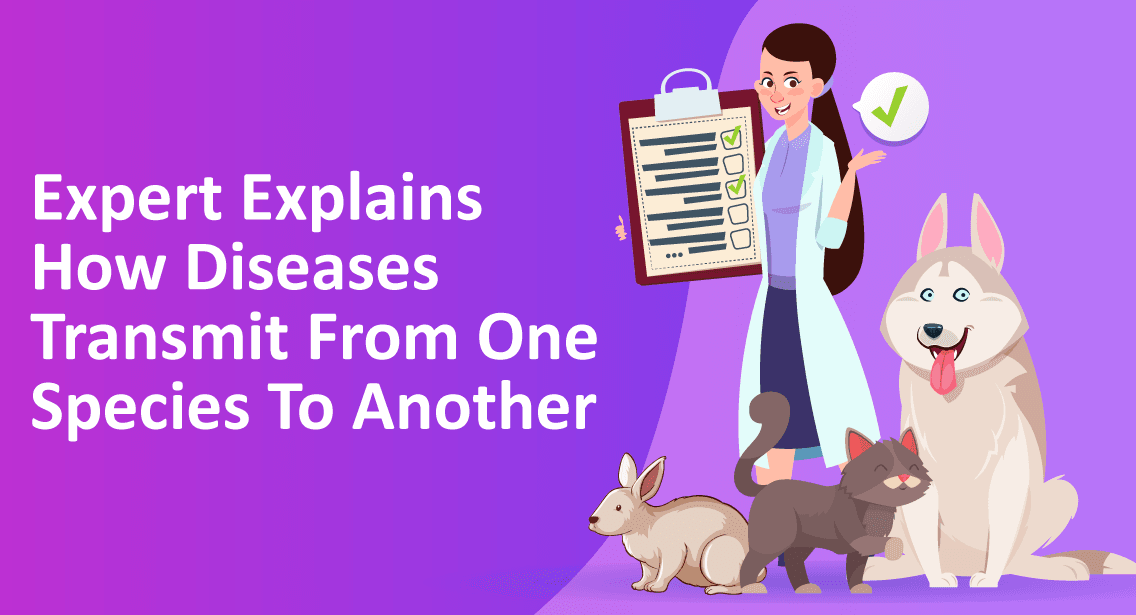Expert Explains How Diseases Transmit From One Species To Another
Starting from COVID-19 to monkeypox, zoonotic viruses pose a constant threat. But how do diseases spread from animals to humans? María José Ruiz-López, a molecular ecologist, has explained this.
HIV, SARS, Ebola, Zika, and SARS-CoV-2 are among the most lethal diseases we face. All of these are caused by viruses that are known to jump from one species to another. Zoonotic diseases are appearing more frequently as evidenced by the growing list of outbreaks. But how do diseases spread from one species to the next? And why doesn't it happen more often?
Ruiz-Lopez, a molecular ecologist at the Do'nana Biological Station in Spain, explains, "First of all, there has to be proximity." She adds, "Then the levels of the virus need to be high enough to be transmitted to the other animal or to the person."
Hence, the virus will require the appropriate tools to hijack host cells and replicate if these conditions are met. According to Ruiz-Lopez, the viral particles must be able to bind to receptors in the next host "like a key to a door."
In addition, the human host must produce enough viral particles to infect another human to complete the leap. Ruiz-Lopez remarks, "It needs to be efficient and highly transmissible to be able to cause a massive outbreak like COVID."
However, the new disease must not be too lethal in humans, or the host will die before they can produce enough virus to spread the disease. The need for all of these factors to come together is why pandemics do not occur more frequently.
The Spread of New Diseases and Globalization
Ruiz-Lopez says, "Jumps of viruses from one species to another are not that rare." She further explains, "But they need to fulfill certain conditions that let them replicate and live and transmit in the new host species. And that is the difficult part."
However, human factors are increasing the risk of future zoonotic outbreaks. The risks of zoonoses spreading into human populations are increasing due to global supply chains, habitat fragmentation, forest degradation, land use changes, and climate change.
Ruiz-Lopez researched the West Nile virus, which has spread across much of Europe in recent years, as part of the TransWNV project supported by the Marie Sklodowska-Curie Actions program. This pathogen is naturally present in birds but can spread to other animals through mosquito bites, such as horses. She discovered that quail and European turtle doves were asymptomatic carriers of the disease, whereas sparrows were more likely to succumb to it.
This research assists in the detection of future outbreaks. She remarks, "If you know the ecology of the virus that is being transmitted, you can actually act to prevent the next pandemic." The goal of TransWNV was to understand the environmental factors that drive West Nile virus transmission to predict where it might spread next.
Ruiz-Lopez adds that another human-specific factor contributing to the spread of zoonoses, which may be difficult to control, is how much we like to travel. "We move a lot," says Ruiz-Lopez . "We really move a lot."







